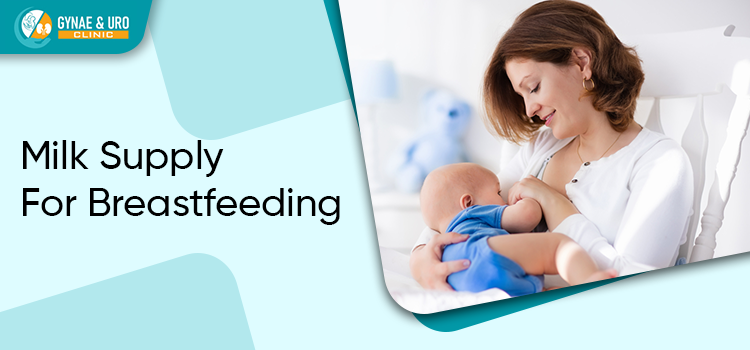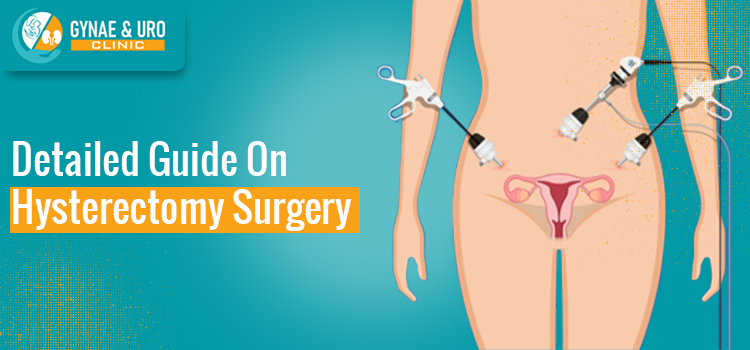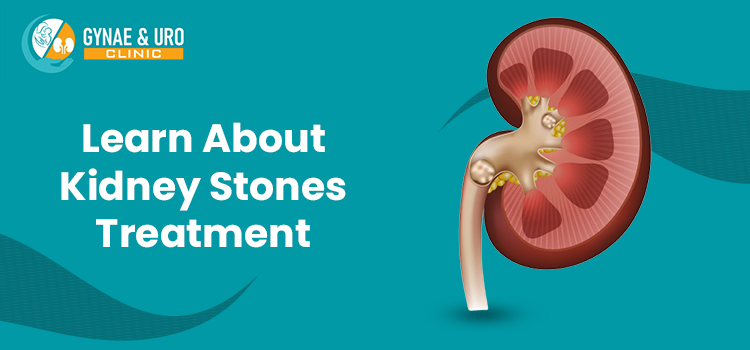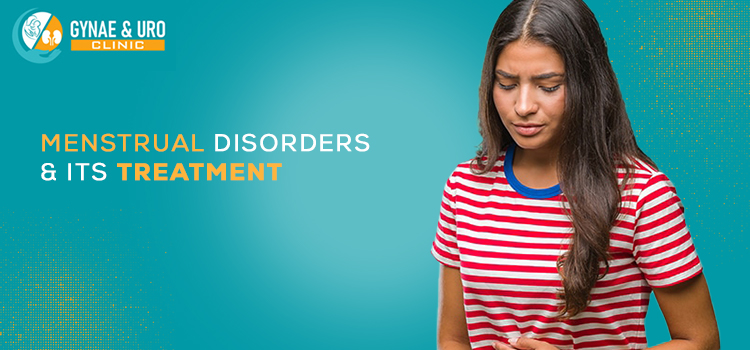Do you know the best way to ensure a healthy supply of breast milk is to start early? Yes, breastfeed your child frequently and also make sure that your baby is latching on to it properly.
There are many women who have difficulty having a healthy supply of milk, especially during the early weeks of breastfeeding. Get proper Pregnancy Care Treatment In Punjab and find the solution for such a situation.
With problems in breastfeeding, most mothers are left with no options but to move towards weaning or formula feeding. If you are having the same difficulty, you can talk to your doctor about prescribing you some lactation supplements to increase the amount of milk production for breastfeeding.
What Are The Main Causes Of The Low Supply Of Milk Production In Women?
There are many reasons why we see an inadequate amount of milk supply in women for breastfeeding. Meet a Gynaecologist Doctor in Ludhiana to check the real issue of a low supply of milk. Some of the common causes are:
Having delays in breastfeeding the child after the delivery. Or if there is a separation between the mother and child, such as due to requirements of shifting the baby to the special care nursery. Also, if the mother is unwell right after the delivery.
There is a poor attachment between the baby and the breast, which happens for many reasons, including flat or inverted nipples, a sleepy baby because of jaundice, a tongue or lip tie or prolonged or difficult delivery.
A low supply of milk can also happen if the mother is unwell because of certain issues such as retained placental tissues, mastitis or large blood loss after the mother births the child.
If the mother has incorporated a scheduled or timed feeding instead of feeding the child as per their demand.
If the woman is taking an oral contraceptive pill that contains estrogen in it.
If the mother is corporating both formula feeding as well as breastfeeding.
If the mother is skipping breastfeeds, instead offer supplement formula feed. And also not storing the breast milk at the time to make sure that the supply continues to meet the demand of the child.
If the mother has been using a nipple shield or dummies for a very long period of time.
If the mother has a habit of smoking.
How To Increase Milk Supply For Breastfeeding?
These are some common tips that might help you increase the milk supply for breastfeeding.
You should make sure that the baby is attached to the breast and remove the milk without any difficulty from the nipple.
You should be prepared to feed your baby more often. You would have to breastfeed on demand every 2 – 3 hours at least eight times in 24 hours.
You should try to switch your baby from one breast to another after some time. You should offer each breast at least twice.
You should ensure that you emptied your breast well in each feeding or pumping session. You can also store your breast milk to ensure that you do not go longer than 5 hours without the removal of milk.





